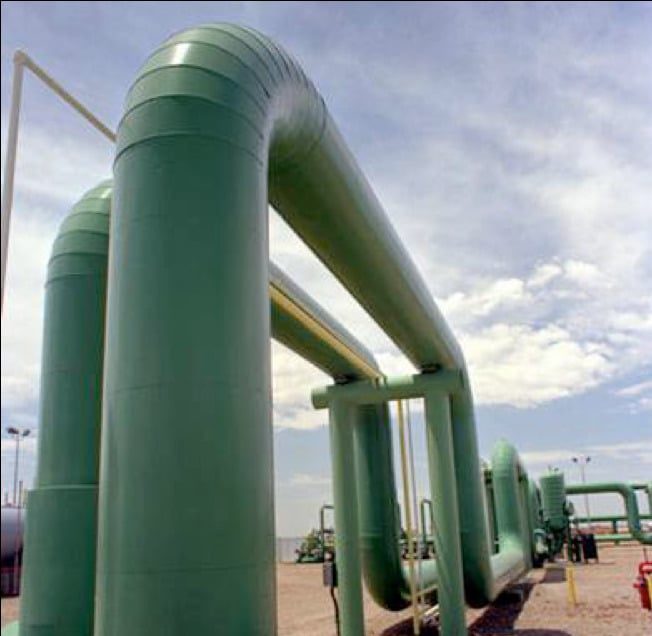India’s ministry of new and renewable energy (MNRE) has released a draft R&D roadmap for the green hydrogen ecosystem. The roadmap recommends research and development actions to improve the efficiency, reliability, and cost-effectiveness of green hydrogen production, storage, and transportation as the nation aims to become a global hub of green hydrogen.
“Hydrogen technologies across the value chain are currently under development. Mature technologies like electrolyzers, fuel cells, and carbon composite cylinders are not yet cost-competitive with alternatives; other upcoming technologies promising lower costs are yet to prove long-term performance. The aim is to design affordable, efficient, safe, and reliable pathways,” states the draft document.
The draft roadmap—prepared by experts from the government, industry, and academia—recommends R&D priorities with respective performance targets under three categories: mission mode, grand challenge, and blue sky.
In mission mode, early-stage research action with a 0-5 years impact horizon will be taken up. The draft recommends low PGM catalyst/electrode development for reduced cost, improved performance, and increased durability of PEM electrolyzers; AEM electrocatalyst development with faster oxygen evolution reaction (OER) kinetics and catalyst activity; and development of SOEC electrolyzers and feedstock-agnostic biomass gasification technology for hydrogen production on mission mode.
In the grand challenge category, projects with a mid-term (0 – 8 years) impact horizon will be taken up with a focus on demonstration actions for encouraging start-ups and industries to grow. For hydrogen production, the draft recommends the development of an anion exchange membrane (AEM) electrolyzer and power-to-gas/co-electrolysis technology with solid-oxide electrolyzer (SOEC), demonstration of biomass gasification-based hydrogen generation, compact bio-methane reformers for decentralized hydrogen generation, and integrated net carbon-negative solutions projects in this category.
Under the ‘blue sky’ category, projects with a long-term (0 – 15 years) impact horizon would be taken up with a focus on establishing global IP and competitive advantage for the Indian industry. The following projects are recommended for consideration: seawater electrolysis for hydrogen production; photoelectrochemical water splitting; thermochemical water splitting and integration with nuclear/ solar heat source; microbial electrolysis system for hydrogen production; and novel technologies for the conversion of biomass to hydrogen.
Similarly, the draft provides R&D recommendations for hydrogen storage, transport, and end-use applications.
This content is protected by copyright and may not be reused. If you want to cooperate with us and would like to reuse some of our content, please contact: editors@pv-magazine.com.









By submitting this form you agree to pv magazine using your data for the purposes of publishing your comment.
Your personal data will only be disclosed or otherwise transmitted to third parties for the purposes of spam filtering or if this is necessary for technical maintenance of the website. Any other transfer to third parties will not take place unless this is justified on the basis of applicable data protection regulations or if pv magazine is legally obliged to do so.
You may revoke this consent at any time with effect for the future, in which case your personal data will be deleted immediately. Otherwise, your data will be deleted if pv magazine has processed your request or the purpose of data storage is fulfilled.
Further information on data privacy can be found in our Data Protection Policy.